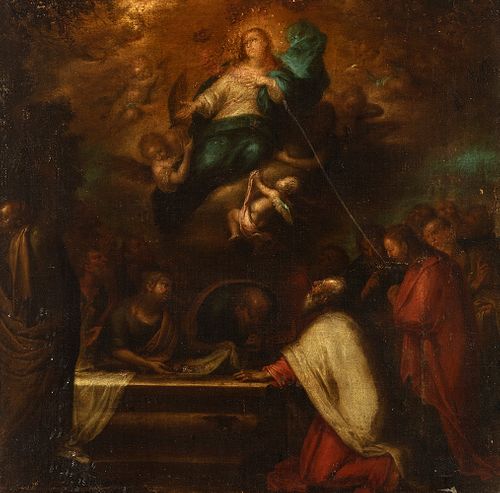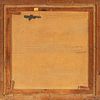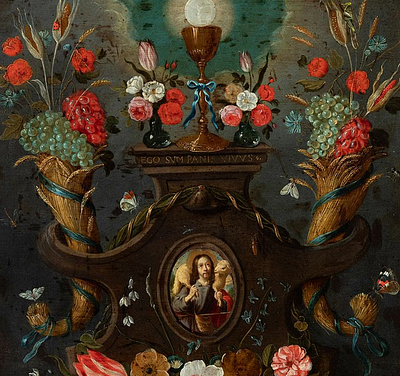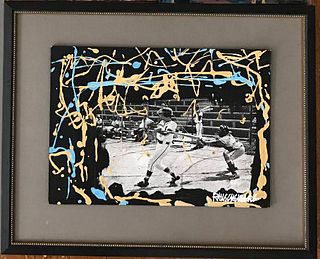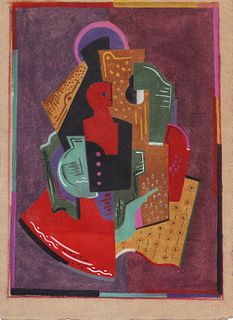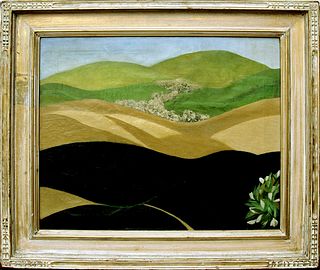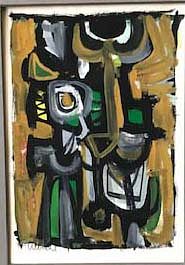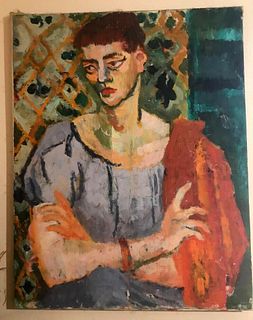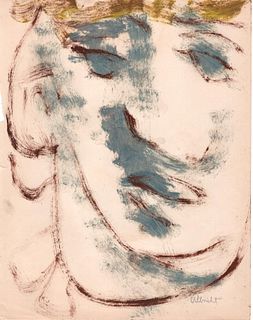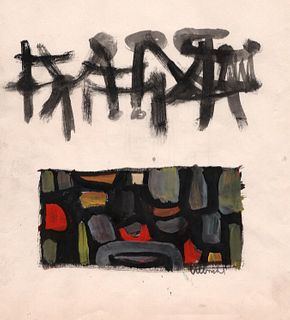Spanish school; 17th century. "Asunción de la Virgen" Oil on canvas. Relined.
Lot 47
About Seller
Setdart Auction House
Carrer Aragó 346
Barcelona
Spain
Setdart Subastas was born in 2004 and is currently the first online art auction in Spain with solidity, prestige and reliability guaranteed by our more than 60,000 users. Setdart has a young, dynamic and enterprising team ready to successfully manage the purchase and sale of art works through custom...Read more
Estimate:
EUR€700 - EUR€900
$752.69 - $967.74
Absentee vs Live bid
Two ways to bid:
- Leave a max absentee bid and the platform will bid on your behalf up to your maximum bid during the live auction.
- Bid live during the auction and your bids will be submitted real-time to the auctioneer.
Bid Increments
| Price | Bid Increment |
|---|---|
| EUR€0 | EUR€10 |
| EUR€200 | EUR€25 |
| EUR€500 | EUR€50 |
| EUR€1,000 | EUR€100 |
| EUR€3,000 | EUR€200 |
| EUR€5,000 | EUR€500 |
| EUR€10,000 | EUR€1,000 |
| EUR€20,000 | EUR€2,000 |
| EUR€50,000 | EUR€5,000 |
About Auction
By Setdart Auction House
Sep 21, 2021
Set Reminder
2021-09-21 10:00:00
2021-09-21 10:00:00
America/New_York
Bidsquare
Bidsquare : 21st September - ARAS JÁUREGUI Private Collection - Old Masters, 19th & 20th Century
https://www.bidsquare.com/auctions/setdart-auction-house/21st-september---aras-j-uregui-private-collection---old-masters-19th-20th-century-7429
Setdart Auction House sofia@setdart.com
Setdart Auction House sofia@setdart.com
- Lot Description
Spanish school; 17th century. "Asunción de la Virgen" Oil on canvas. Relined. Presents xylophagous remains and 19th century frame. Needs cleaning. Measurements: 74,5 x 75 cm. The Assumption of the Virgin is a narration that comes from the apocryphal writings of the prophet Elias and it was only declared dogma of faith in 1950. The legend of Elijah tells how the Virgin ascended to heaven, with the help of angels, while being watched attentively by the apostles. The expression Assumption is significant: it is opposed to Ascension, like the passive to the active. In other words, Mary does not ascend to heaven by her own means, like Christ, but is raised to Paradise by the angels. Byzantine art depicts the Assumption of the Virgin's soul, taken up by Christ on his deathbed. Western art, on the other hand, depicts her bodily Assumption outside the tomb where the apostles had buried her. A distinction must therefore be made in iconography between the Assumption of the Virgin's soul in the form of a child and the Assumption of her glorious body, the latter being the one depicted here. The European model presents Mary in a prayerful attitude, with joined hands, surrounded by golden light, carried by angels and leaving the open tomb at her feet, which may appear empty or filled with lilies and roses. As a result of iconographic confusion, the Assumption loses its original character and becomes the Ascension, as is the case in the present work. Instead of being lifted up by angels, the Virgin flies alone, with her arms outstretched; the angels around her merely form a procession. This transformation was consummated in 16th-century Italian art, and gradually spread to the rest of Europe. However, this new formula did not eliminate the old one, examples of which can be found in the 17th century. Due to its formal characteristics, this painting can be related to the circle of Peter Paul Rubens, a painter of the Flemish school who nevertheless competed on equal terms with contemporary Italian artists and was of major international importance, given that his influence was also key in other schools, as in the case of the transition to the full Baroque in Spain. Although born in Westphalia, Rubens grew up in Antwerp, where his family originated. After completing his training Rubens joined the Antwerp painters' guild in 1598. Only two years later he travelled to Italy, where he stayed from 1600 to 1608. During this decisive period, the young Flemish master had first-hand experience of naturalism and classicism, the works of Caravaggio and the Carracci.
- Shipping Info
-
In-house shipping available. Please inquire at admin@setdart.com.
-
- Buyer's Premium



 EUR
EUR CAD
CAD AUD
AUD GBP
GBP MXN
MXN HKD
HKD CNY
CNY MYR
MYR SEK
SEK SGD
SGD CHF
CHF THB
THB